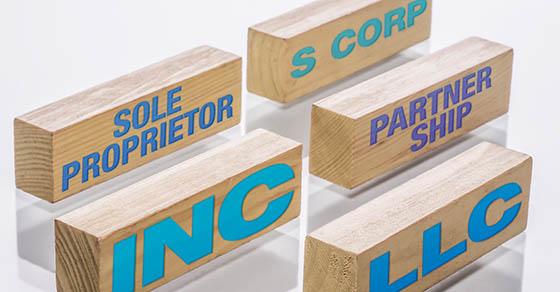The holiday season is here. During this festive season, your business may want to show its gratitude to employees and customers by giving them gifts or hosting holiday parties. It’s a good time to review the tax rules associated with these expenses. Are they tax deductible by your business and is the value taxable to the recipients?
Employee gifts
Many businesses want to show their employees appreciation during the holiday time. In general, anything of value that you transfer to an employee is included in his or her taxable income (and, therefore, subject to income and payroll taxes) and deductible by your business.
But there’s an exception for noncash gifts that constitute a “de minimis” fringe benefit. These are items small in value and given so infrequently that they are administratively impracticable to account for. Common examples include holiday turkeys or hams, gift baskets, occasional sports or theater tickets (but not season tickets), and other low-cost merchandise.
De minimis fringe benefits aren’t included in your employees’ taxable income yet they’re still deductible by your business. Unlike gifts to customers, there’s no specific dollar threshold for de minimis gifts. However, many businesses use an informal cutoff of $75.
Key point: Cash gifts — as well as cash equivalents, such as gift cards — are included in an employee’s income and subject to payroll tax withholding regardless of how small they are and infrequently they’re given.
Customer gifts
If you make gifts to customers or clients, they’re only deductible up to $25 per recipient, per year. For purposes of the $25 limit, you don’t need to include “incidental” costs that don’t substantially add to the gift’s value, such as engraving, gift wrapping, packaging or shipping. Also excluded from the $25 limit is branded marketing collateral — such as small items imprinted with your company’s name and logo — provided they’re widely distributed and cost less than $4 each.
The $25 limit is for gifts to individuals. There’s no set limit on gifts to a company (for example, a gift basket for all of a customer’s team members to share) as long as the cost is “reasonable.”
A holiday party
Under the Tax Cuts and Jobs Act, certain deductions for business-related meals were reduced and the deduction for business entertainment was eliminated. However, there’s an exception for certain recreational activities, including holiday parties.
Holiday parties are fully deductible (and excludible from recipients’ income) so long as they’re primarily for the benefit of employees who aren’t highly compensated and their families. If customers, and others also attend, a holiday party may be partially deductible.
Holiday cards
Sending holiday cards is a nice way to show customers and clients your appreciation. If you use the cards to promote your business, you can probably deduct the cost. Incorporate your company name and logo, and you might even want to include a discount coupon for your products or services.
Boost morale with festive gestures
If you have questions about giving holiday gifts to employees or customers or throwing a holiday party, contact us. We can explain the tax implications.
© 2023







